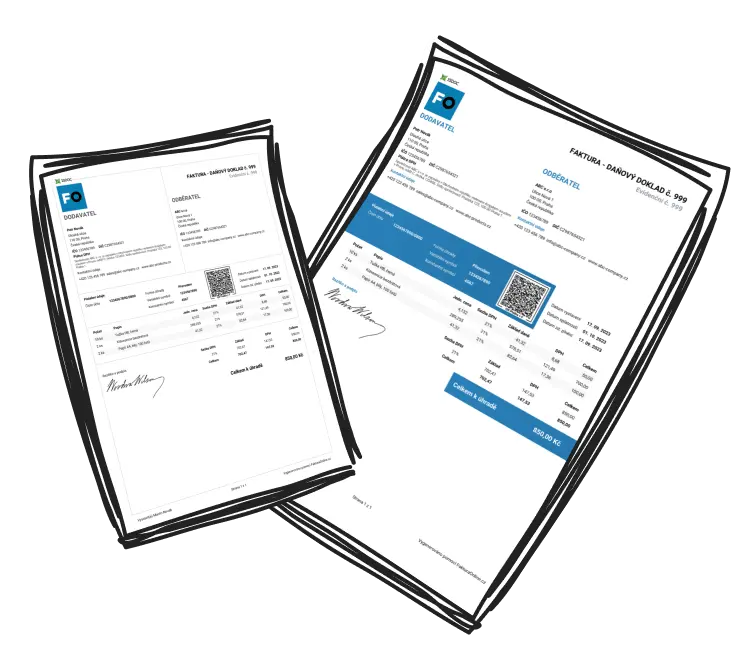Success in crafting a business paper hinges on thorough preparation and meticulous organisation. Without a sound structure, many papers falter. This process demands a clear understanding of the topic, the audience, and the purpose. Starting with this comprehension, one can proceed through a series of structured steps that promise quality and a professional finish.
Steps to Crafting Business Papers:
Define Purpose and Audience: Determine the aim of your document—be it analysis, a proposal, or a report—and identify your audience.
Research Deeply: Gather pertinent information from reliable sources like industry reports and scholarly articles.
Draft a Comprehensive Outline: Divide your paper into key parts: introduction, body, conclusion, and, if needed, recommendations.
Start with a Compelling Introduction: Clearly define the paper's objectives and scope from the outset.
Ensure Logical Flow in Main Sections: Use headings and subheadings to present arguments backed by data and examples.
Conclude with Authority: Recap primary insights and suggest actionable steps, if required.
Edit and Refine: Check for grammar issues, coherence, and conformity to formats such as APA or MLA.

Example
For a business analysis, the introduction could detail the industry while the main sections explore trends with supporting figures. The conclusion may offer strategic insights based on these findings.
Effective Strategies to Make an Impact Through Business Papers
Aiming to create a business paper that’s memorable? Implementing effective strategies is essential for clarity and professionalism.
Formulate a Cohesive Thesis: This should not only direct the discourse but also provide a clear path for the reader.
Utilise Trustworthy Sources: Support your arguments with data from credible publications, be they academic or industry-based.
Understand Reader Expectations: Tailor the content's tone and complexity to ensure it resonates with your audience.
Use Visual Aids Judiciously: Enhance comprehension with visuals like charts, but don't overcrowd your paper.
Prioritise Clarity: Maintain a straightforward language style, using specialised terminology only when necessary.
Provide Pragmatic Solutions: Offer conclusions or recommendations that readers can implement practically.
Revise Diligently: Employ tools and peer reviews to perfect your writing.

Tip
Clear communication is key. A paper free of ambiguity ensures your message is understood as intended.
Becoming a Master at Business Paper Writing: Developing Expertise
Drafting a business document is one thing, but excelling is quite another. Here's the path to mastery.
Consistent practice, constructive feedback, and continual learning form the foundation of expertise. Delve into exemplary business papers to appreciate their structure and tone. Study how they tackle complex issues, providing clear and actionable solutions.
Regularly practise drafting outlines on varied topics to sharpen your logical structuring. Post-completion, gather feedback from peers or mentors to enhance clarity and engagement. Draw on these critiques to hone your technique.
Additionally, keep abreast of industry developments through thorough research, using tools like Google Scholar. Employ reference managers for efficiency and polished presentation.
5 Key Steps to Achieving Business Paper Success
Successful business writing isn’t by chance—it’s a result of careful planning and execution.
-
Clarify Assignment Goals: Understand the scope, purpose, and format of your paper.
Tip: If unsure, discuss with lecturers or colleagues for better clarity.
Outline Clearly: Use sections like introduction, body, and conclusion to maintain a logical order.
Research Thoroughly: Collect accurate and varied data to bolster your paper's key goals.
Ensure Focused Writing: Adhere to your outline, engaging your audience with concise arguments.
Proofread Meticulously: Ensure grammatical accuracy and readability for the highest professional standards.
Achieving Results Through Effective Business Papers
Your writing journey begins with crafting a paper, but the key is in delivering outcomes that align with the reader's needs.
Align your paper with its intended aim—is it informative, persuasive, or advisory? Rely on credible data to support your claims, and utilise a logical structure that leads readers seamlessly through your narrative. Engage your audience through a balance of detailed analysis and succinct expression.
Finally, assess if your recommendations add tangible value. Solicit feedback before submission to ensure the paper meets the reader's requirements while remaining professional and goal-centric.
Closing Thoughts: Your Journey to Mastering Business Writing
Mastery in writing is an ongoing journey, one that begins with each new paper.
Excellence in business paper writing demands preparation, adoption of efficient techniques, and persistent effort. Every paper penned is a step toward becoming a more accomplished communicator. Focus on aligning your writing with objectives, crafting persuasive arguments, and constantly seeking enhancement opportunities.
Embark on this journey today in the United Kingdom, and each paper written will bring you closer to achieving mastery.

